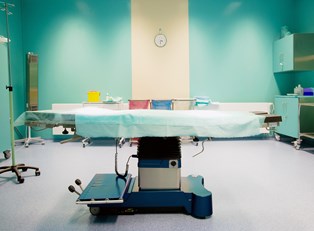While a vasectomy may be a wise decision at a particular point in a man’s life, that does not necessarily mean it will hold true for the rest of his life. Even though this procedure is normally considered permanent, men now have the option of having theirs reversed. If you’re considering a vasectomy reversal, here is a look at some of the most important things to keep in mind.
The Procedure
Much like a vasectomy, its reversal begins with doctors applying local anesthesia to the scrotum and making one or two small incisions. Next, they will remove the sections of the vas deferens blocked off by the original procedure. Sometimes obstructions develop after a vasectomy, so doctors will check with a fluid test to ensure that this is not the case. Finally, the two new ends of the vas deferens will be reconnected with use of a microscopic camera and small stitches. The reversal process can take anywhere from one to four hours.
Post-Surgery Recovery
A vasectomy reversal is an outpatient procedure, and most patients are able to return home a few hours after surgery. Pain and swelling are a possibility in the following days, but that usually subsides within a week. A full recovery normally takes less than one month.
Reversal Efficacy
While most vasectomy reversals can result in pregnancy, there is always a chance the procedure will not work. The chance for success is highest if the reversal is performed within three years of a vasectomy, although if performed within ten there is still a 50% chance of pregnancy. Reversals performed after ten years have only a 30% success rate.
The Risks
Vasectomy reversal is largely a risk-free procedure. While infection or bleeding at the incision site are possible, these occur only rarely. There is currently no research to indicate that a reversal can negatively affect urinary or sexual functions for a man.




